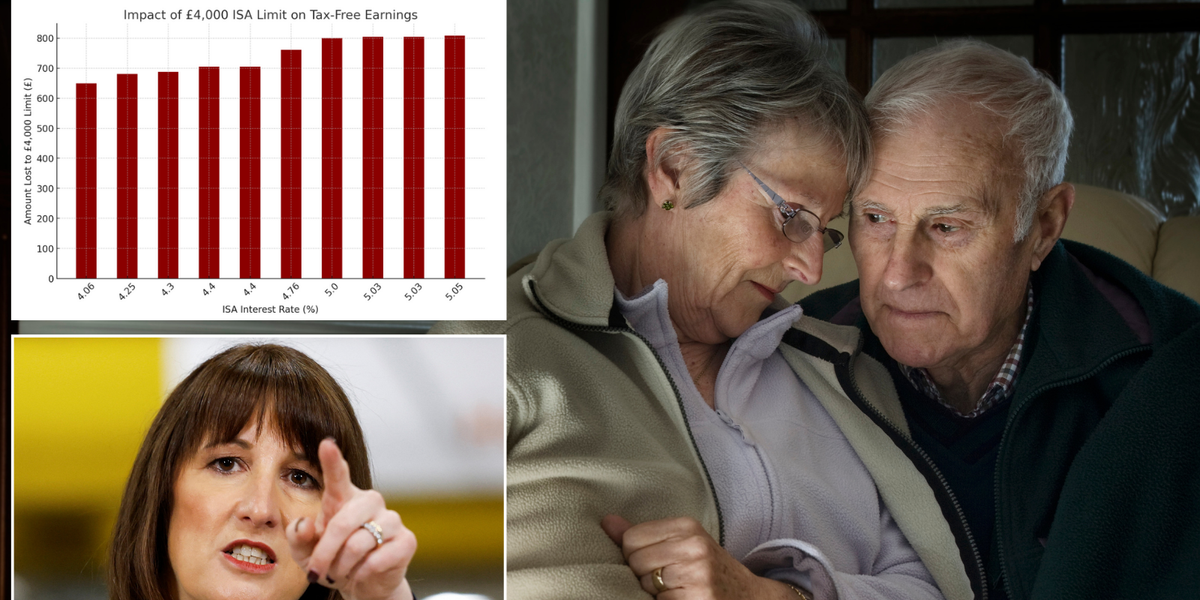More than three million people are claiming Universal Credit without any requirement to look for work.
This is double the number of people who are seeking employment.
Around 3.1 million people on Universal Credit have no work requirements, up from 1.5 million in January 2022, new figures from the Department for Work and Pensions (DWP) show.
The number of Universal Credit claimants actively seeking work has remained stable at 1.6 million since the Covid pandemic.
The data reveals that those deemed unfit for any work has risen by 50 per cent in five years, now making up half of new claims compared to a third five years ago.
Liz Kendall, work and pensions Secretary said “too many people are shut out of work, with no support, no help and no prospects” as she called for wholesale reform of the benefits system.
Ministers are planning to require long-term sick people to look for work to control the welfare bill and fill 800,000 job vacancies.
The reforms may abolish the highest category of Universal Credit health claims, called limited capacity for work or work-related activity. This category provides claimants an extra £5,000 annually and exempts them from the requirement to seek employment.
Kendall promised “proposals to reform the benefits system within weeks” to support disabled people in work while reducing costs.
The Learning and Work Institute found that 3.5 million people were exempt from job searching due to ill health, an increase of nearly one million since the pandemic.
Stephen Evans, the institute’s chief executive, noted that numbers not required to work due to sickness or disability have risen by 37 per cent since Covid.
Evans highlighted the persistence of these claims, stating: “Just one per cent who are economically inactive due to long-term sickness are in work six months later, compared with 33 per cent for those seeking work.”
Separate ONS data showed long-term sickness remains near record levels at 2.8 million, with total economic inactivity at 9.3 million.
Sir Stephen Timms, Disability Minister warned that taxpayers were being asked “to foot an ever-increasing benefits bill”.
He described the current welfare state as “a failure we cannot afford to ignore” as costs are forecast to rise by almost £20billion.
Writing about the reforms, Timms noted that spending on disability and incapacity benefits is expected to increase by more than £18billion to £70billion over the next five years.
He emphasised that the current system has “offered little employment support, leaving millions of sick and disabled people without the opportunities to get into work”.
James Taylor from disability charity Scope challenged the notion of rising claims, stating: “Our welfare system is not working. But the worst thing the Government could do is cut benefits for disabled people or make the system more punitive.”
He warned that such measures would “push disabled people into poverty, not jobs”.
Taylor emphasised that many disabled people want to work but face significant barriers.
A new £115 million Connect to Work programme will roll out from April to help local areas provide targeted employment support for disabled people
GETTY
“The fear of losing benefits if it doesn’t work out, and a lack of tailored employment support, make it incredibly difficult,” he explained.
The Government plans to launch “NHS accelerators” in the northeast, South Yorkshire and West Yorkshire to trial prevention of work loss due to ill health. Local mayors will be empowered to deliver integrated work, health and skills support tailored to their communities.
A new £115million Connect to Work programme will roll out from April to help local areas provide targeted employment support for disabled people.
Sir Stephen Timms described the approach as “the antidote we need to get Britain working again,” with an aim to achieve an 80 per cent employment rate.
The reforms are part of what ministers call “the biggest employment reforms for a generation”.











